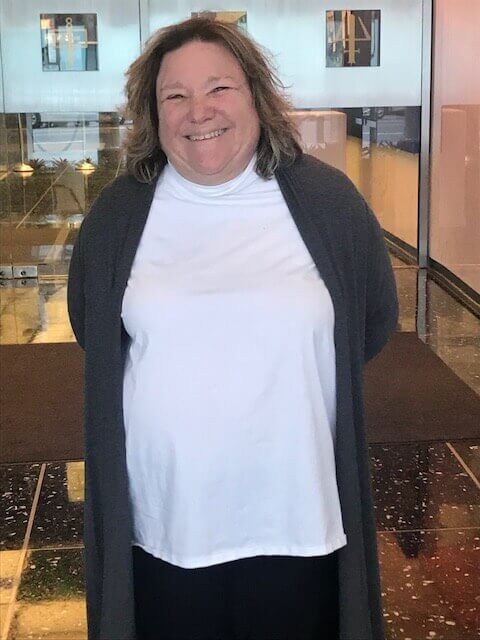How Preparing a Drug for FDA Approval Requires the Mind of a Scientist and Strategist

Regulatory experts draw upon both scientific and strategic thinking to shepherd new drugs to the finish line.
Every drug that is prescribed by a doctor must first be approved by the Food and Drug Administration (FDA) or its regulatory counterparts in Europe, Asia and around the globe. If a drug is successful in clinical trials, then a New Drug Application (NDA) is submitted to the regulatory agency, where it undergoes a final approval process that can take up to a year.
But regulatory experts like Randi Albin, Senior Director, Global Regulatory Strategy at Pfizer, are not just involved in these final stages. From the start of the drug development journey, which can last up to a decade, regulatory experts provide strategic guidance.
In simple terms, Albin likens her role to being “an advocate for new drugs.” That is, to provide guidance to teams in supporting their thesis that the data presented in the application (nonclinical, manufacturing, and clinical) establishes that the drug is safe and effective in the proposed patient population. She also helps present the application during review by the regulatory authorities. To do so she must “line up the facts, objectively present the evidence and develop a compelling narrative, while keeping in mind that this drug needs to provide a benefit to patients,” she says.

Randi Albin draws on her scientific training — to be objective and open to surprises — in preparing new drug submissions.
As the standard of proof required to show that a drug is safe and effective has become higher in recent years, the regulatory environment has become more challenging to navigate. A typical clinical trial for a major disease, which once may have included a few hundred participants, can now require up to 10,000 subjects. And since scientists’ ability to gather data has vastly increased, the submission process is accordingly more complicated. “It’s a complex thing, to find the most streamlined pathway to a regulatory approval while also addressing the company’s and patients’ needs.”
A Winding Path
People who share Albin’s specialty come from various career backgrounds— in her group, Worldwide Regulatory and Safety, there are pharmacists, clinical trial experts and those who’ve earned master’s degrees in regulatory affairs. But Albin has a unique career combination that makes her particularly adept at balancing the science and strategy required to make an effective case to the regulatory authorities.
After earning her Ph.D. in molecular biology and conducting post-doctoral research that focused on the regulation of gene expression, Albin followed the trajectory of many young graduates by becoming a “bench scientist,” a role that captures common perceptions of what scientists do. While donning a lab coat, a bench scientist toils in the lab for months on end, posing questions, developing experiments to test these queries and gathering data to perform basic, ground-breaking research.
Today, Albin says she regularly draws upon this basic scientific training—to be objective and open to surprises—in preparing new drug submissions. “It’s really providing a critical assessment of the data. If it didn’t go according to plan, you have to focus on the facts and try to keep any personal bias out of it,” she says.
Sharpening Strategic Skills
After a few years in the lab, Albin wanted to gain a wider perspective on how a drug is developed. So she shed her lab coat and went to work in venture capital. “Scientists can sometimes get immersed in the excitement that comes with the discovery of a new drug candidate and lose sight of all of the other aspects of development that are needed to advance it to becoming a viable medicine that can be approved. The development pathway is long and complex, and the end result may not produce a drug that fits the desired profile.”
At a boutique healthcare venture capital firm, Albin helped advise start-up and early stage companies who were developing new drugs. “Part of the reason I left the industry for a bit is because I wanted to gain insight into the business aspects and the considerations, beyond basic research, that go into drug development,” says Albin.
She eventually made her way back to working in pharma and regulatory affairs, finally joining Pfizer and helping a number of potential new drugs—in areas including oncology, women’s health, cardiovascular, and rare disease—navigate the regulatory landscape, which for some resulted in FDA approval. For Albin, her winding career path exemplifies the big picture thinking needed to bring new drugs through approval. “I’ve moved from basic research, which is the first part of the larger picture, through development—understanding what successful products look like. Now, I have this 10,000-foot view that allows me to influence the presentation that will ultimately be considered by regulators,” she says.





